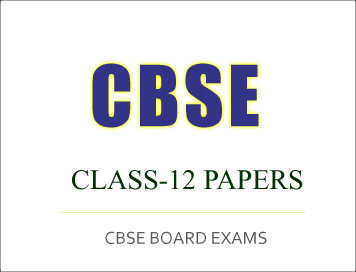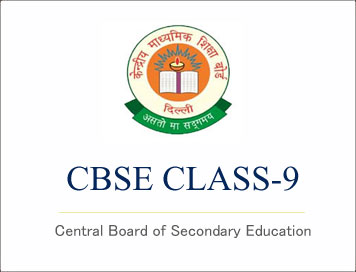CBSE PORTAL : CBSE Class-12 Exam 2017 : Delhi Scheme Question Paper, Shorthand English | |
- CBSE Class-12 Exam 2017 : Delhi Scheme Question Paper, Shorthand English
- CBSE Class-12 Exam 2017 : Delhi Scheme Question Paper, Typography & Computer Applications
- CBSE Class-12 Exam 2017 : Delhi Scheme Question Paper, Fashion Studies
- CBSE Class-12 Exam 2017 : Delhi Scheme Question Paper, Entrepreneurship
- CBSE 2017-18 Syllabus Class-9 : Pre-Vocational-Education
- CBSE 2017-18 Syllabus Class-9 : Subjects of Internal Assessment
| CBSE Class-12 Exam 2017 : Delhi Scheme Question Paper, Shorthand English Posted: 21 Aug 2017 12:17 AM PDT |
| CBSE Class-12 Exam 2017 : Delhi Scheme Question Paper, Typography & Computer Applications Posted: 21 Aug 2017 12:11 AM PDT |
| CBSE Class-12 Exam 2017 : Delhi Scheme Question Paper, Fashion Studies Posted: 21 Aug 2017 12:06 AM PDT |
| CBSE Class-12 Exam 2017 : Delhi Scheme Question Paper, Entrepreneurship Posted: 20 Aug 2017 11:56 PM PDT |
| CBSE 2017-18 Syllabus Class-9 : Pre-Vocational-Education Posted: 20 Aug 2017 11:19 PM PDT
CBSE Class-9 Syllabus 2017-18
Subject: Pre-Vocational-Education1. In pursuance of the provisions in the National Policy of Education 1986 and recommendations of various committees, the CBSE has made provision of Pre- Vocational Education in its scheme of studies with effect from the academic session 1995-96 of class IX. The objectives of Pre-Vocational Education are:
2. The main features of the scheme of Pre-Vocational Education are as follows:
3. The NCT of Delhi and Chandigarh Administration have expressed their willingness to introduce the following Pre-Vocational Trades in some of their selected schools from the academic session 1995-96. CLICK HERE TO DOWNLOADCourtesy: CBSE |
| CBSE 2017-18 Syllabus Class-9 : Subjects of Internal Assessment Posted: 20 Aug 2017 11:13 PM PDT
CBSE Class-9 Syllabus 2017-18
Subject: Subjects of Internal AssessmentCo-Scholastics Activities Evaluation of Work Education/Pre-vocational Education, Art Education and Physical and Health Education will be done by the schools. CBSE has developed guidelines for internal assessment in these subjects which the schools are expected to keep in view while organizing teaching and evaluation of these subjects. Following publications of the Boards are recommended for their use and reference which give outlines of syllabi and hints for evaluation: (i) Work Education in Schools : (ii) Art Education in Schools. (iii) Health and Physical Education in Schools. CLICK HERE TO DOWNLOADCourtesy: CBSE |
| You are subscribed to email updates from CBSE PORTAL : CBSE, ICSE, NIOS, JEE-MAIN, AIPMT Students Community. To stop receiving these emails, you may unsubscribe now. | Email delivery powered by Google |
| Google Inc., 1600 Amphitheatre Parkway, Mountain View, CA 94043, United States | |

